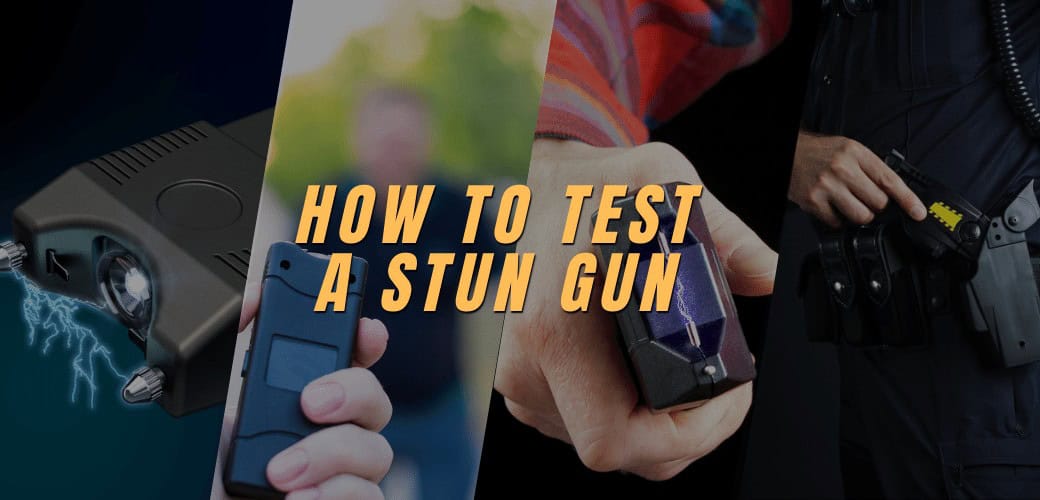Getting tased by a stun gun or Taser is an intense experience that most people will thankfully never have to go through. For law enforcement and self-defense, Tasers provide a non-lethal way to incapacitate a threatening person temporarily. However, being on the receiving end of a Taser shot is unpleasant. Here’s an overview of what a Taser feels like.
The Initial Shock
The most immediate sensation when a Taser dart hits you is an overwhelming, searing pain. Many describe it as a bolt of lightning shooting through your body. The intense pulsing shock causes all your muscles to contract at once instantly. This muscle tension is both painful and immobilizing. It usually only takes a 5-second Taser burst to incapacitate and drop someone to the ground. The stun gun sends out rapid electrical pulses per second. Your body’s pain receptors overload from this barrage of electrical current.
Loss of Motor Control
When your muscles contract from the electrical pulses, you temporarily lose control over your body movements. Your limbs will spasm and shake uncontrollably. If you get tased while standing up, you will immediately collapse to the ground. The violent muscle contractions make it impossible to keep your balance or catch yourself as you fall. Landing on the ground can cause bruising or other minor injuries.
Extreme Discomfort
In addition to excruciating pain, getting tased also creates extreme discomfort throughout your body. Many people describe a burning sensation or a feeling of pins and needles pricking their skin. This is caused by the electrical current stimulating your sensory nerves. You may also feel disoriented, confused, and unable to breathe normally. The spasming diaphragm muscles make it difficult to inhale while being tased. This can create a brief panic from not being able to catch your breath. So, this is what a Taser feels like.
Short Term Effects
The good thing about Tasers is that most damaging effects are temporary. The debilitating neuromuscular incapacitation only lasts 5 to 15 seconds. However, you will likely feel sore, achy, and tired for several hours after getting tased. There may be redness, swelling, or bruising where the Taser barbs punctured the skin. In some cases, the intense muscle contractions can cause short-term nerve or tissue damage. Most people recover fully within a day or two after being tased. There are no known long-term medical consequences from short Taser exposures. However, specific vulnerable populations like the elderly or those with heart conditions face higher risks of secondary injuries.
Psychological Impact
Extremely painful physically, getting tased can be disturbing psychologically too. It’s unsettling to have the feeling that your body has gone out of your control. It remains traumatic for some to feel helpless when they are unable to do anything about their situation. It also serves as a good lesson about never running or being aggressive toward the police during a confrontation. According to many police officers, waving a Taser in front of a suspect is sufficient to compel them to surrender without further ado.
Conclusion
Stun guns or Tasers are a pretty unpleasant and rather painful affair as far as the sensations recorded during the shocks. However, the majority fully recovered quickly with no severe consequences. Although Tasers appear to be a safer way of restraining dangerous suspects, the technology continues to spark public discussions about its potential misuse and exploitation. Training and compliance with the department’s guidelines are important to ensure that Tasers are used correctly in the field.





